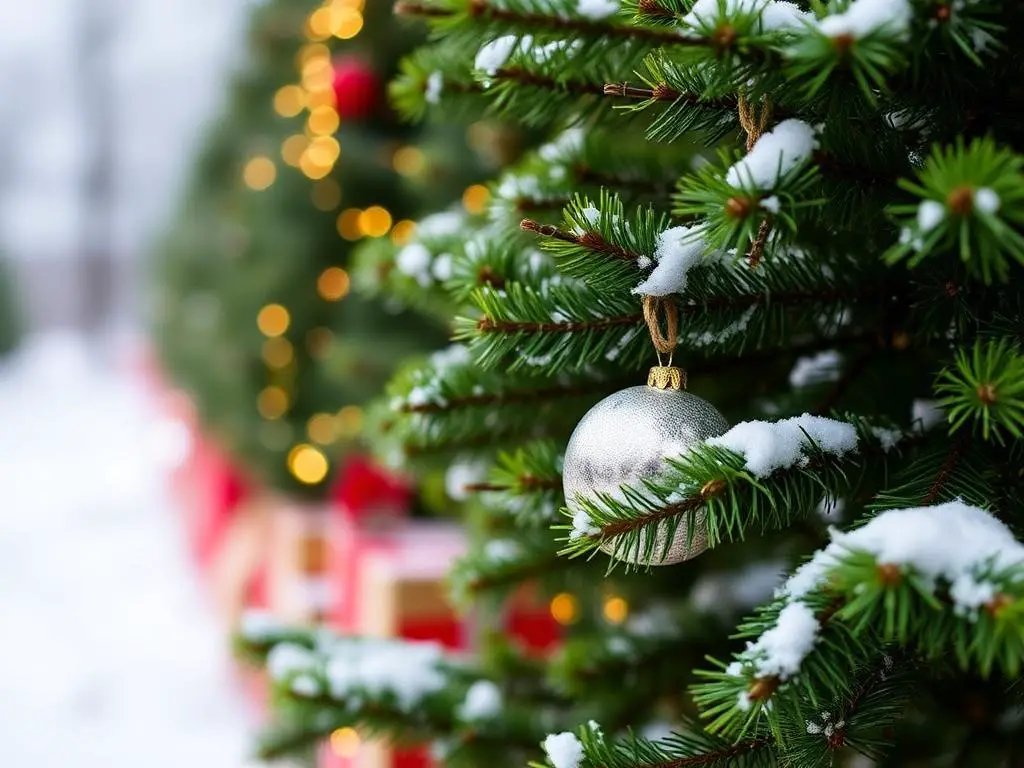As the holiday season approaches, many of us eagerly anticipate the tradition of decorating the Christmas tree. While the twinkling lights and colorful ornaments are delightful, the choice of the evergreen tree itself carries a rich history and symbolism that may surprise you. Why were evergreen trees chosen as a symbol of Christmas? Let’s delve into the fascinating reasons behind this enduring tradition.

1. A Symbol of Eternal Life
Evergreen trees, such as firs, pines, and spruces, retain their leaves throughout the winter, making them a powerful symbol of eternal life and resilience. In many cultures, the ability of these trees to remain green and vibrant during the cold, dark months of winter represents hope and the promise of renewal. This symbolism resonates deeply with the Christian belief in eternal life through Jesus Christ, making the evergreen tree a fitting representation of the holiday season.
2. Ancient Pagan Traditions
The use of evergreen trees predates Christianity and can be traced back to ancient pagan traditions. Many cultures celebrated the winter solstice, a time when the days began to lengthen and the sun returned. Evergreens were revered as sacred plants, believed to ward off evil spirits and bring good fortune. The ancient Egyptians, Romans, and Celts all used evergreens in their winter celebrations, decorating their homes with boughs to symbolize life and protection during the harsh winter months.

3. Christian Adaptation
As Christianity spread throughout Europe, many pagan customs were adapted and incorporated into Christian practices. The evergreen tree became associated with the Nativity story, symbolizing the Tree of Life from the Garden of Eden and the eternal life offered through Christ. The tradition of bringing evergreen trees into homes during the Christmas season emerged in Germany in the 16th century, where they were decorated with candles, fruits, and later, ornaments.
4. A Reminder of Hope
In the midst of winter, when many plants are dormant and lifeless, the evergreen tree serves as a reminder of hope and the promise of new beginnings. It symbolizes the light that shines in the darkness, echoing the message of hope and joy that is central to the Christmas story. The tree’s vibrant green color stands in stark contrast to the barren landscape, offering a sense of comfort and reassurance during the coldest months of the year.
5. Cultural Significance
The evergreen tree has become a universal symbol of Christmas, transcending cultural and religious boundaries. While its origins may be rooted in pagan traditions, the evergreen tree has been embraced by various cultures around the world as a representation of the holiday spirit. From the elaborate Christmas markets of Europe to the festive celebrations in North America, the evergreen tree has become a beloved symbol of joy, togetherness, and celebration.
Conclusion
The choice of evergreen trees as a symbol of Christmas is steeped in history, symbolism, and cultural significance. From their representation of eternal life and hope to their adaptation from ancient pagan traditions, evergreens have become an enduring symbol of the holiday season. As you gather around your Christmas tree this year, take a moment to reflect on the rich history behind this beloved tradition and the messages of resilience, hope, and joy that it embodies. May your holiday season be filled with warmth, love, and the spirit of togetherness! 🎄✨❤️
